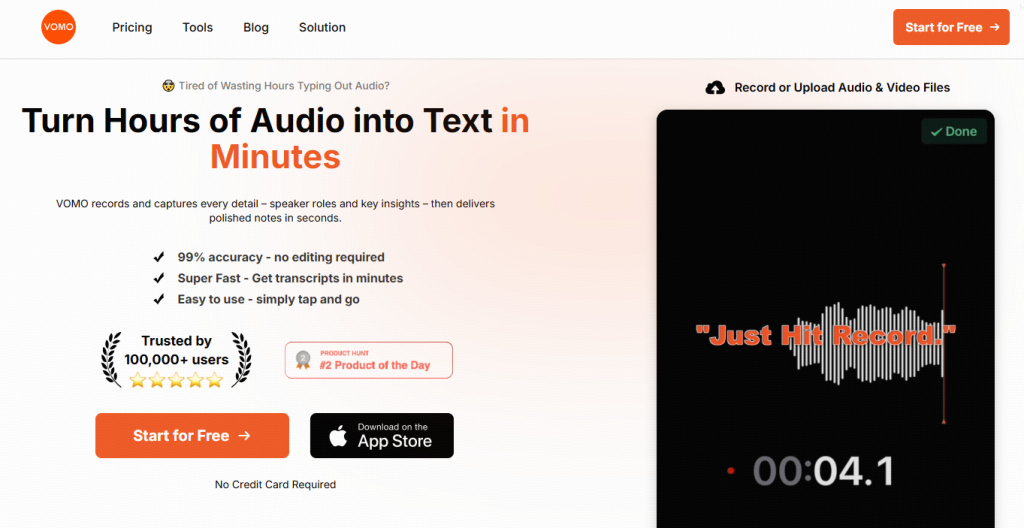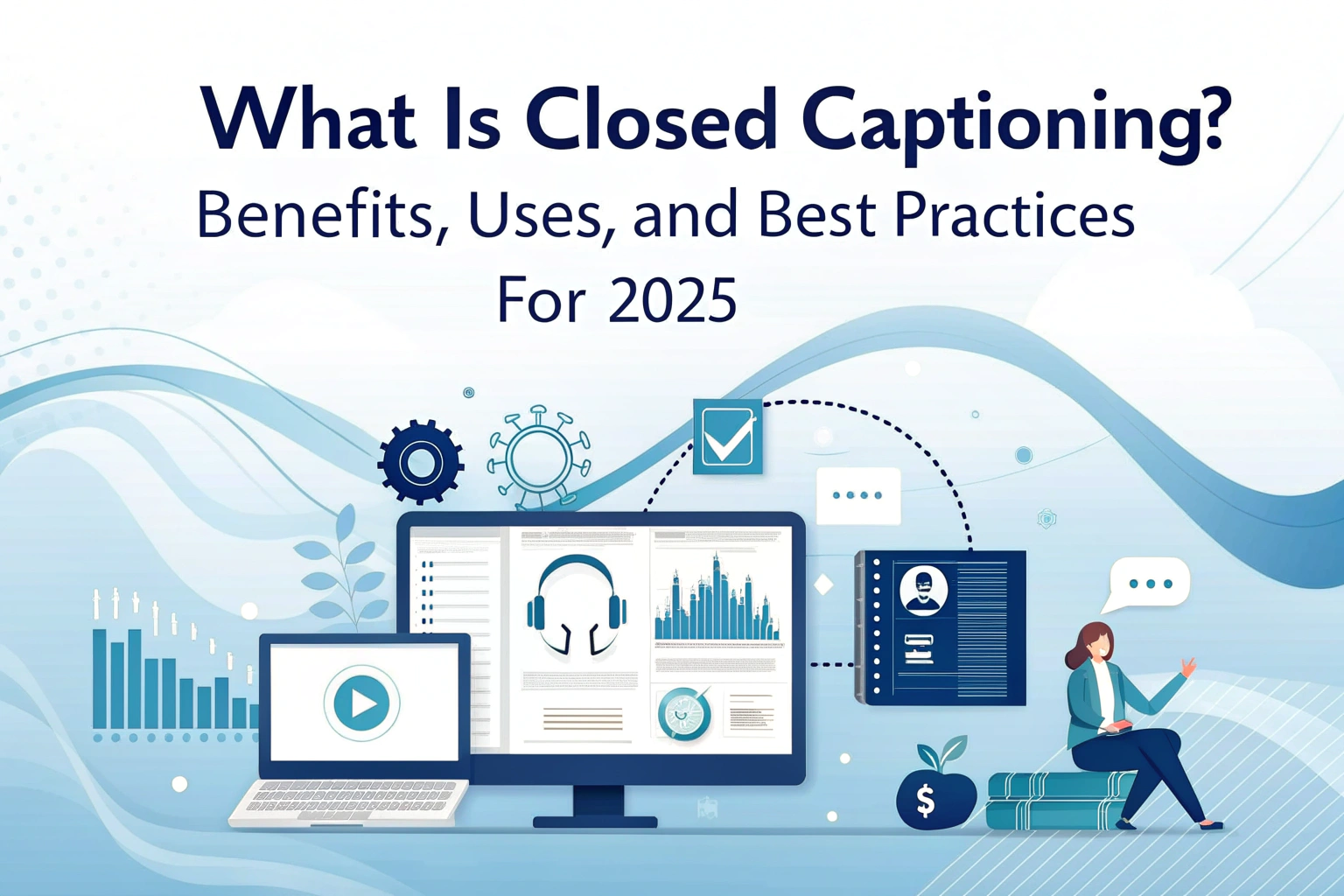Closed captioning is the process of displaying a text version of the spoken parts of a video, helping viewers follow along with dialogue, presentations, or other audio content. For example, during a movie or an online tutorial, closed captions display exactly what the speaker is saying in real-time or synchronized with the video. Originally designed for people who are deaf or hard of hearing, closed captions are now widely used to improve accessibility, learning, and engagement for all viewers.

History of Closed Captioning
Closed captions were first demonstrated in the U.S. at the First National Conference on Television for the Hearing Impaired in 1971. By 1980, they were widely broadcast, and real-time captioning launched in 1982. Today, closed captioning has evolved into multiple formats, supporting not only prerecorded content but also live streaming. Modern AI tools now make it easy for creators to generate captions automatically, efficiently converting de l'audio au texte for their videos.
Types of Closed Captions
Pop-On Captions
Pop-on captions appear on-screen as the speaker talks, then disappear to make room for the next caption. They are the most common type for prerecorded content like online courses, YouTube videos, and streaming platforms. These captions are perfect for syncing dialogue precisely without delaying the viewer experience.
Exemple : Studies show that pop-on captions improve viewer comprehension by 52% in educational videos, reinforcing the information presented.
Roll-Up Captions
Roll-up captions continuously scroll onto the screen, giving viewers more time to read each line. They are ideal for live broadcasts or webinars, as the text updates in real-time without overwhelming the viewer.
Practical Tip: During live webinars, using roll-up captions allows participants to follow along even during rapid Q&A sessions, reducing confusion and improving engagement.
Paint-On Captions
Paint-on captions animate letter by letter, giving the impression that the text is being typed in real-time. While visually appealing, they are generally used for stylistic purposes or short segments due to higher processing requirements.
Benefits of Closed Captioning
1. L'accessibilité
Approximately 48 million Americans have hearing loss. Closed captions allow this audience to enjoy content fully, making your videos more inclusive.
2. Video SEO
Adding captions and transcripts helps search engines understand your content. Converting de la vidéo au texte allows your video content to be indexed properly, improving organic search visibility.
3. Better Watch Time
Videos with captions can increase watch time by up to 12%. This small addition provides significant engagement benefits, especially for online courses and marketing videos.
4. Legal Compliance
Closed captions are legally required in many jurisdictions. The FCC enforces strict captioning standards in the U.S., and organizations have been penalized for non-compliance. Including accurate captions ensures legal safety for online video content.
5. Improved Viewer Comprehension
Captions enhance learning and retention. Studies show that reading captions while watching improves comprehension, making them a crucial tool for educational content creators.
6. Flexible Viewing Options
With 85% of Facebook videos played without sound, captions allow users to consume content in noisy environments or while muted, broadening your audience reach.
7. Improved Video Search
Interactive captions enable viewers to search for keywords in the transcript and jump to relevant parts of the video. This improves the user experience and encourages repeat engagement.
Common Closed Caption Formats
| File Format | Cas d'utilisation | Compatibilité |
|---|---|---|
| SRT (.srt) | Most widely accepted | YouTube, Facebook, VLC, and more |
| RT (.rt) | Minimal bandwidth, timed text | RealPlayer |
| SBV / SUB | Basic YouTube format | YouTube |
| WebVTT (.vtt) | Cloud-based videos, HTML5 players | YouTube, Vimeo, HTML5 players |
| DFXP (.dfxp) | Timed text, limited CVAA compliance | YouTube, Panopto, Adobe Flash |
How to Add Closed Captions to Videos
1. Upload as a Sidecar File
Use your transcript in a .SRT file and upload alongside your video on platforms like YouTube or Vimeo. This method allows you to review and fine-tune captions before publishing.
2. Caption Encoding
Embed captions directly into the video for offline playback. This approach ensures captions are always visible, even when the video is downloaded.
3. Integration or API Workflow
For creators who frequently publish videos, automated workflows can handle both transcription and caption uploading, saving hours of manual work. This method is efficient but may involve additional costs if using third-party services.
Best Practices for 2025
- Accuracy is Key: Ensure captions match spoken words precisely.
- Timing Matters: Sync captions with speech for optimal comprehension.
- Include Multiple Languages: Reach a global audience by offering multilingual captions.
- Leverage AI Tools: Utilisation Transcription de l'IA pour convertir de l'audio au texte ou de la vidéo au texte efficacement.
- Test Across Devices: Verify that captions display correctly on mobile, desktop, and streaming platforms.
Closed captioning is no longer optional—it’s essential for accessibility, SEO, and audience engagement. Using modern transcription tools, creators can quickly generate accurate captions that enhance both usability and searchability, keeping their content competitive in 2025.



